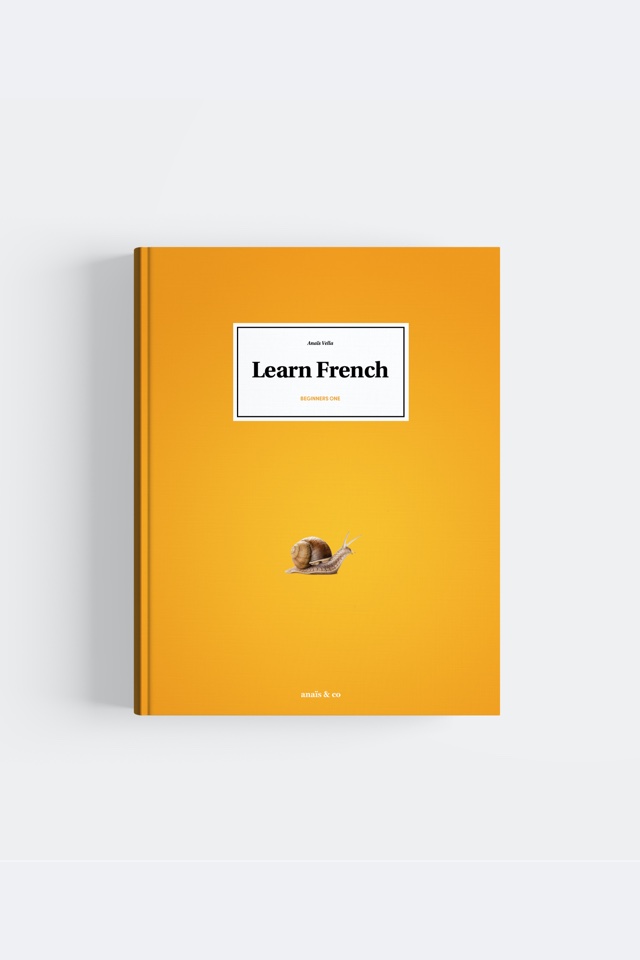

“Il est” is used to describe a person, an animal, or a thing. It means “it is” or “he is”. “Elle est,” “ils sont,” and “elles sont” can also be used depending on the gender and the numeral of the subject. When “il est” or one of its feminine or plural forms is used, the subject is easily identifiable in the context. “Il est” and its other forms can be followed by different things as listed below.
For example: Il est petit → He/It is small.
For example: Il est docteur → He is a doctor.
For example: Il est protestant → He is a Protestant.
For example: Il est français → He is French.
For example: Il est là-bas → He/it is over there.
“Ici,” (here) “là,” (there) and “là-bas” (over there) are adverbs of places. The adverbs will be seen in the intermediate books.
For example: Il est au cinéma → He/it is at the cinema.
The contracted articles are “au,” “à la,” “à l’,” and “aux.”
For example: Il est en France → He/It is in France.
“En” is used in front of feminine countries, “au” with masculine countries, “aux” with plural countries and “à” with cities, town or villages, but there are exceptions. This will be seen in more detail in the books beginners volume 3 and the intermediate books.
For example: Il est 10 heures → It is 10 am.
For example:
Il est où ? → Where is it?/Where is he?
Il est comment ? → How is it?/How is he?
Il est d’où ?→ From where is it?/From where is he?
In informal situations “il est” can go after the question words.
For example:
Où il est ? → Where it is?
Not every question words can be used with “il est”. The question words will be seen in the book Beginner volume 3.

More in the books
Werther you are learning by yourself, with Anais and Co or if you are a FLE teacher find this lesson and many more in a beautiful book.
Be notified when we upload a new video.